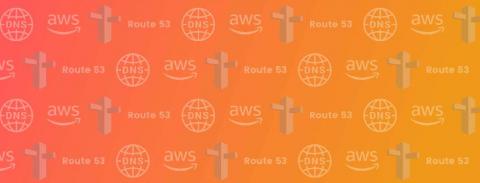Optimize Your CI/CD Pipeline with Codefresh & Lightstep
How do you know if the changes that you’re making to your microservices are having the desired impact to your end-users? What happens after a deploy? Did your app’s performance remain the same? Were any bugs introduced? Do you need to roll back? With Codefresh and Lightstep, you’re able to more quickly, more accurately, and more easily ensure that any commit and build results in a better experience for your end-users.











